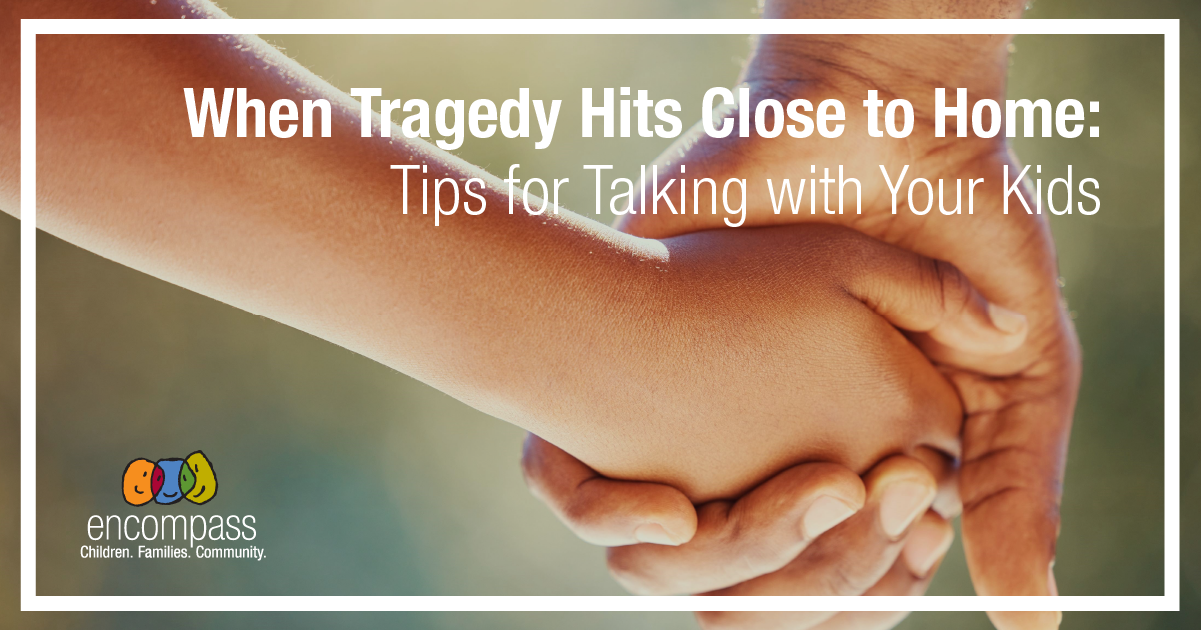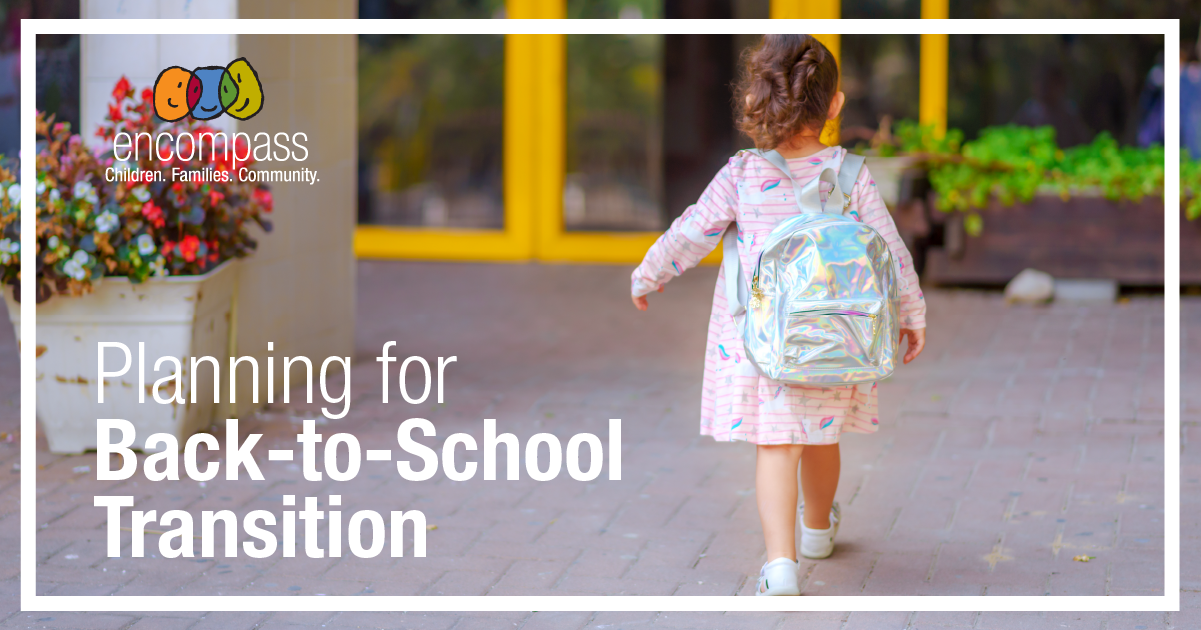Your child’s backpack can be ‘spine safer’
At their core, backpacks are a good idea. They keep students’ belongings together, protect their lunches from the elements and foster communication between parents and teachers.
But backpacks have drawbacks, especially as children age and bear greater academic loads. More books and equipment add to the weight of a pack and to the burden on a child’s spine.
The latest research shows us that anything beyond 10 percent of a child’s weight places unhealthy stress on the spine. It pushes the head forward and increases the compression of spinal discs. If these issues are not corrected, chronic pain can result, especially in older teenagers.
How a pack is worn also makes a difference. Low and loose on the back creates greater stress than higher and tighter. And if a pack is carried in a hand or over one shoulder – forget it.
If I could have my way, students would have one book for each subject at school and another at home, erasing any need for transport. Or they would carry books in wheeled bags, removing the spinal load entirely.
But neither of these options is practical for most of today’s students. Here are tips for how your student can make his or her backpack “spine safer”:
- Keep the load no greater than 10 percent of body weight. Strategize with your student on what books he or she really needs each day. Create a place at home for books to be organized and easily accessed to ease day-to-day transitions.
- Does your student have a locker at school? Encourage him or her to use it and carry only the materials needed for each class. Installing a portable shelf in tall lockers can help keep things organized and user-friendly.
- Wear the pack high and relatively snug across both shoulders. If possible, buy a pack with a waist strap to shift weight from the shoulders and upper back to the pelvis. (Bags with waist and chest straps are doubly good if the fit is high and snug.)
- Avoid single-strap bags, especially in middle- and high-school years when book loads are greater.
- Place heavy items closest to the back inside the pack and light items in pockets and outer areas. This keeps most weight closest to the spine, reducing stress on vertebrae and discs.
- Posture, posture, posture! Especially in adolescence when bodies change proportions, poor posture can cause back, neck and shoulder pain – and adding a pack often makes it worse! Use this mantra to coach your student on proper posture: “Ears over shoulders over hips.”
- Physically active students generally have greater strength, endurance and abdominal stability than more sedentary students. Help your students engage in activities they find enjoyable. If they exercise, encourage them to target (with moderation) the abdominals and buttocks at their “core.” Strong tummies and hips make happier lower backs.
Consult a physical therapist if your student complains of neck, shoulder or back soreness, or if you are concerned about your student’s spinal health. Physical therapists also assess and treat joint pain, muscle soreness and weakness, postural problems, balance dysfunction and coordination challenges.
Try these tips, and your student’s spine will thank you!
Nicole Demetrescu, DPT, is a physical therapist at Encompass.
nicole.demetrescu@encompassnw.org,
















Leave a Reply